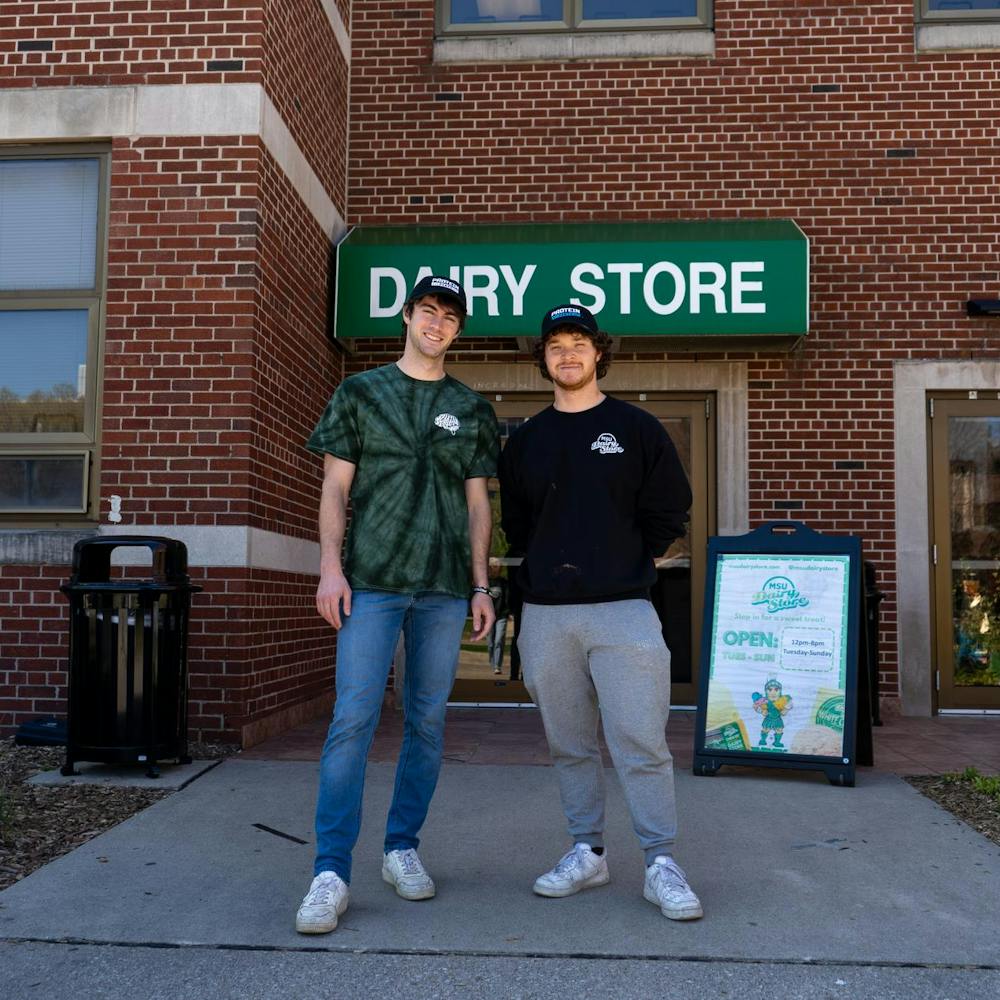When people think of mint they think of the flavor of their toothpaste, the very thing that freshens their breath. Or they think of the ice cream flavor that everyone loves to hate or essential oils that spruce up a room. But behind this general idea of mint, is a complex plant family with a variety of different applications.
This is why College of Natural Science associate professor Björn Hamberger worked with his research team to look into the genetic and chemical evolution of plants within the mint family to find possible applications within the pharmaceutical field.
“When we think about mint, it is typically these aromatic plants that are important for the essential oils,” Hamberger said. “But when natural products have a much broader spectrum when it comes to applications, it could go all the way to therapeutics, such as anti-malaria drugs, anti-tuberculosis drugs or glaucoma treatments.”
“For humans, there are a lot of reasons to look into these natural products and the mint family is huge, over 7,000 species, and they’re really rich in their chemistry. So this is where it all started,” Hamberger said.
When the team first started looking a couple years ago into the natural products that come from mint plants, they discovered possible chemical pathways that could be utilized to create certain medications. Hamberger's team then formed a collaboration with Robin Buell, a former MSU genomics researcher, to get access to Buell's University of Georgia lab, allowing them to gather more data on a wider variety of species.
Hamburger has been working on the project since 2016 with two graduate students, Emily Lanier and Abigail Bryson, who went on to discover how several genomes of the mint family have evolved and how these chemistries have emerged over the past 60-70 million years.
“They are just a cool example of how collaboration can drive a project like this because they have very different backgrounds,” Hamberger said. “Abby is much more genetics and genomics oriented, and Emily is far more of a chemist (and) biochemist. These two drove this project.”
With modern day technology, Hamburger said they have been able to record a lot more genomic data which allows them to sequence plant genomes more easily.
Lanier said they able to discover a huge cluster of genes in American beautyberry, a member of the mint family that consists of many different genes. When the genes work together, they can encode many different pathways.
Lanier compared this to a string of ornaments, where each one plays a different role in the pathway, but they’re all packed together in this one cluster.
Bryson then looked into whether this cluster was present in other members of the mint family, and to her surprise, it was.
Hamberger said this is “modern day snapshot” into how these clusters are assembled and disassembled, allowing the team to learn how to create their own genomic clusters to mimic this pattern.
“We looked into this plant’s genome, found the recipe for some kind of cool chemistry and then we look at all of the distant cousins and it turns out that they all have the exact same recipe that they’ve managed to save over many, many generations,” Lanier said.
Lanier said Bryson looked at the “recipes” to see what changes the species have made to them over the years. Lanier then pieced it all together to see what it would create, which was an array of different chemicals that could be used to create what she describes as “really interesting pharmaceutical products.”
The products that could be created from this “mint recipe” range from mosquito repellent to possible natural antioxidants and food preservatives.
Although this finding could lead to more natural made products in the pharmaceutical industry, Hamberger and his team have run into a problem: there isn’t a sustainable way to harvest all the mint plants in order to extract the molecules needed.
“We want these chemical molecules for modern applications, this could be health and nutraceuticals. But we can’t just go out and harvest all these plants to extract these molecules,” Hamberger said.
Using petrochemistry to synthesize those molecules is another way they could obtain them, Hamberger said, but is equally as unsustainable as harvesting the plants.
Hamberger and his team are currently working on discovering the pathways they use to create these products so they can use biotechnological production to create them themselves, rather than extracting them from the plants. This as a more modern and sustainable approach that utilizes genetic technology to create the compounds themselves, Hamberger said.
Once they create these compounds, Hamberger is eager to start creating greener products using these natural chemicals.
“I really want to go find green mosquito repellent,” Hamberger said. “These are natural products that don’t persist in nature that are not toxic to humans or problematic for nerve development in kids ... That’s what i’m getting excited about. Me, Emily (and Abby) have done a fantastic job, but this is where we’re headed in the future.”




